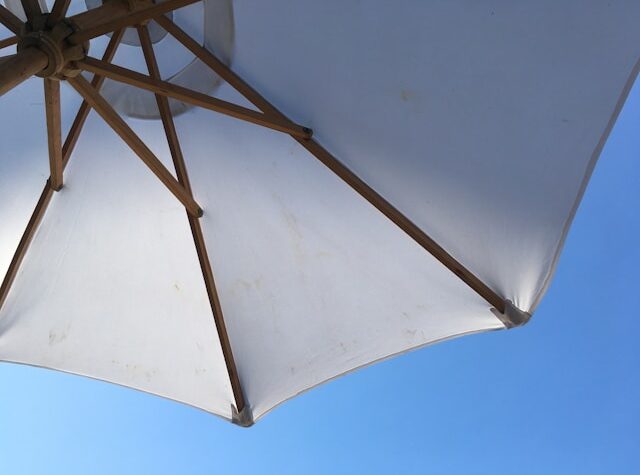
When you’ve just purchased a boat, you’re excited to hit the beach and cruise across the water. As you plan your route, pack a picnic, and find your sunscreen, don’t forget to take these four practical steps.
1. Secure Your Boat’s Loose Parts
Your boat has lots of hoses, ropes, and sails that need to be properly secured before you take off. Use marine hose clamps to keep your water and fuel hoses in place, and tie down all your ropes. If you’re in a sailboat, make sure that you know how to use all the sails and that they’re in the right position for setting off.
2. Purchase Fuel
Some small sailboats don’t require fuel, but most boats today have engines that help propel them when the wind dies down. Read your user’s manual to figure out what kind of fuel you should purchase, and fill up your tank before you leave. Even if it’s a windy day, you don’t want to get stuck in the middle of the water when the wind dies down.
3. Understand Emergency Procedures
What do you do when there’s an emergency on your boat? Hopefully, you’ll never have to answer this question in real life, but you must prepare for it by creating thorough emergency procedures. Store enough lifejackets for all your passengers in an easily accessible location, and require anyone who doesn’t swim to wear one at all times. Talk to experienced mariners about the best course of action for if your boat flips, and fill your passengers in before you leave the marina. If you’re not going too far from the coast, you may still have cell phone service. To stay on the safe side, though, you should invest in a radio to call for help.
4. Check the Water Conditions
If it’s storming, you should not go on the water no matter how big your boat is. If the waves are big, your boat’s safety depends on its size and condition. On major beaches, green flags mean that you’re safe to sail in any craft. Yellow or red flags mean that it’s not a good idea to be on the water. For more remote locations, look at the size of the waves and the rest of the day’s forecast to determine if your craft can handle the current.
Take these four steps before your first voyage to protect your boat and passengers.





More Stories
The Benefits of a Relaxing Massage – Rejuvenate Your Body and Mind
The Ultimate Benefits of Professional Teeth Whitening
The Advantages of Home Healthcare Services